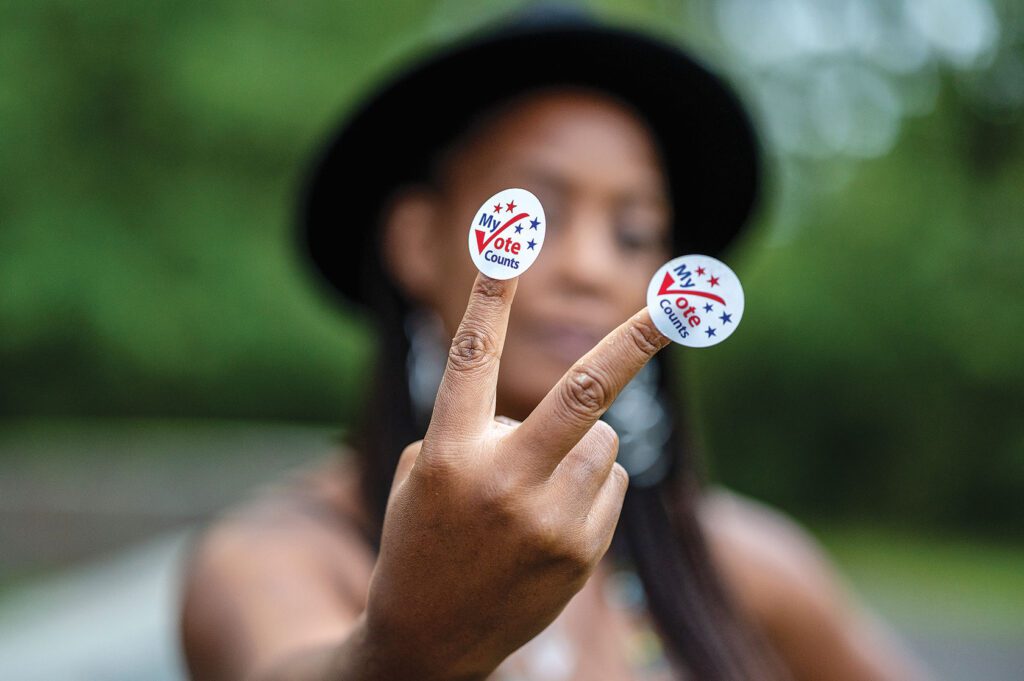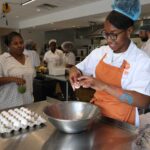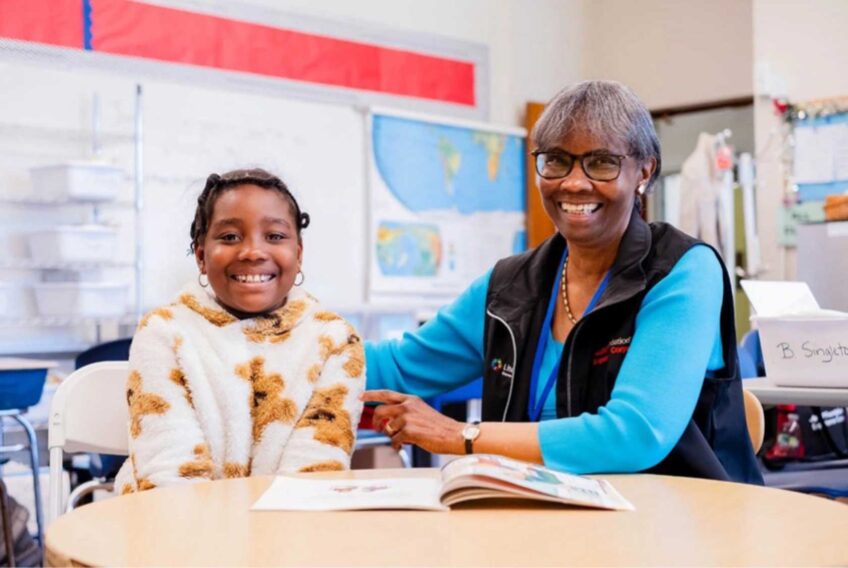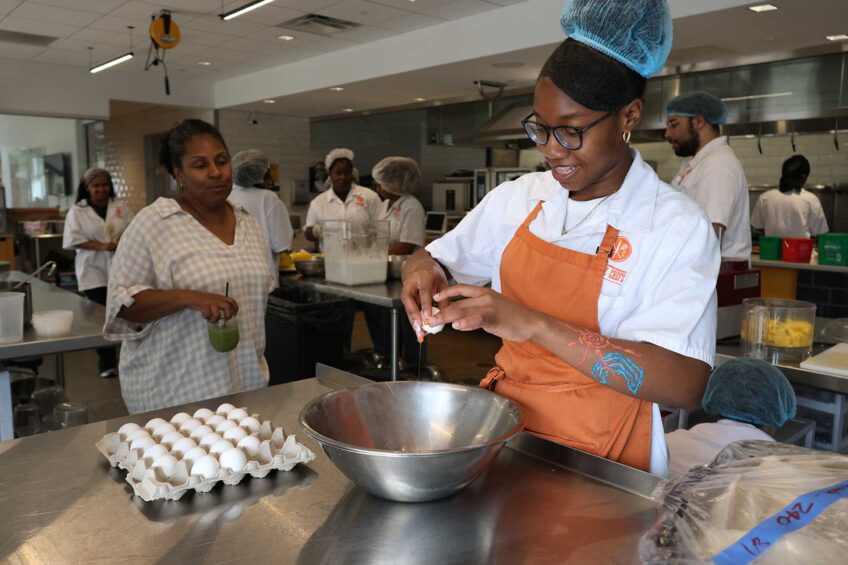
This year for the first time, Sean Simonini will be eligible to vote in the presidential election, but he has long been involved in the electoral process.
Simonini, a 20-year-old student at the University of Massachusetts Lowell, has been working as a poll worker in his hometown of Billerica since he was 17 years old, which catalyzed his decision to join MASSPIRG Students, a statewide nonpartisan nonprofit operating out of a dozen campuses across the state, where he serves as vice chair of the board of directors.
Simonini is part of about 8 million young people in the United States who will have reached the voting age this year, joining the largest voting bloc.
“I think the reality is we live in [a world] where there are a lot of very real and very pressing challenges, especially now, more than ever, a lot of these challenges are facing the youth,” he said. “I think students are excited to have the opportunity to have a say in this election because they ultimately know that their voice ultimately does matter,” he added, pointing to issues such as climate change and the cost of college education, which are uniquely important to younger generations.
Simonini said he has been encouraged by the growing interest among youth to participate in elections. Youth voter turnout has been on the rise since 2014, and in 2020, about half of young people aged 18 to 24 turned out to vote, the highest rate since the voting age was lowered to 18 in 1971.
He has also noticed an increased emphasis among his peers on local elections. Presidential elections create buzz, and rightfully so, Simonini said, but it can be easy to overlook the importance of elections for state representatives, senators, governors, and city councilors here. He observed that students are “more connected” to down-ballot races than in previous years.
While this may be Simonini’s first time voting in a presidential election, he participated in the 2022 midterms and other elections and knows the importance of the youth vote. This year, he said, MASSPIRG Students have focused on improving access to educational materials, pointing people to resources like StudentVote.org, which mobilizes young people to register and show up to vote, and the results have been noticeable.
“In some cases, for these students, I think the fact that they have agency in these decisions, that they can make up a portion of the electorate that can meaningfully impact who their representative is in these various legislative bodies makes a huge meaningful difference in their willingness and enthusiasm to go and turnout and vote,” Simonini said.
Despite the progress in youth voter turnout, young people are still underrepresented.
“I think if we aspire to have a fully equitable and representative democracy, the fact that young people still vote at lower rates than older adults is one of the biggest sources of inequality that we should care about in politics,” said Alberto Medina, communications team lead at CIRCLE, the Center for Information and Research on Civic Learning and Engagement, a nonpartisan research center on young people’s civic participation and civic education at Tufts University.
There also exist discrepancies in race, education and morality among young people when it comes to civic engagement, with Black and non-college youth still lagging in voter turnout compared to their white and college-educated counterparts.
CIRCLE’s pre-election survey and other polls indicate that young people continue to be interested in participating in the electoral process and are motivated by a concern for people rather than by loyalty to a specific candidate or party.
“Youth are much less likely than older voters to identify or say they belong to a political party. So young people really vote and engage based on the issues that they care about, and that is what often drives and motivates their participation in the electoral process,” Medina said. “And I think that’s happening again this year.”
Of importance to young voters this year are economic issues, including the cost of living, inflation, and living wages, according to a CIRCLE survey from late 2023. In Massachusetts, the cost of living has skyrocketed to $50,000, leaving young people in precarity.
Young people are also prioritizing abortion access, climate change, and gun violence prevention both in social movements and at the ballot box.
Cheryl Clyburn Crawford, executive director of MASSVote, a statewide voting rights and issue advocacy organization, observed the same trends among youth, echoing that young people are concerned about reproductive rights, climate change and jobs.
MASSVote offers a “Young Civic Leaders” program for youth aged 14 to 18 that teaches young people grassroots organizing, critical thinking and selfcare.
“One of the things we practice is really getting them familiar with the process. When they turn 18 years old, [we want] them to already feel comfortable walking in and expressing their vote,” she said. “We believe that the younger you start them, the longer they stay with just being civically engaged.”
During the summer and throughout the school semesters, the teens learn phone banking and door knocking, strategies used to mobilize voters. As the election approaches, the program will ramp up, and participants will have the chance to put what they’ve learned in the classroom into practice at a community-wide effort at Prince Hall on Saturday where they will distribute educational materials and continue phone banking.
Clyburn Crawford said it’s crucial that young people know that they have a voice in the electoral process because “it’s their world that we are trying to work on right now.”






